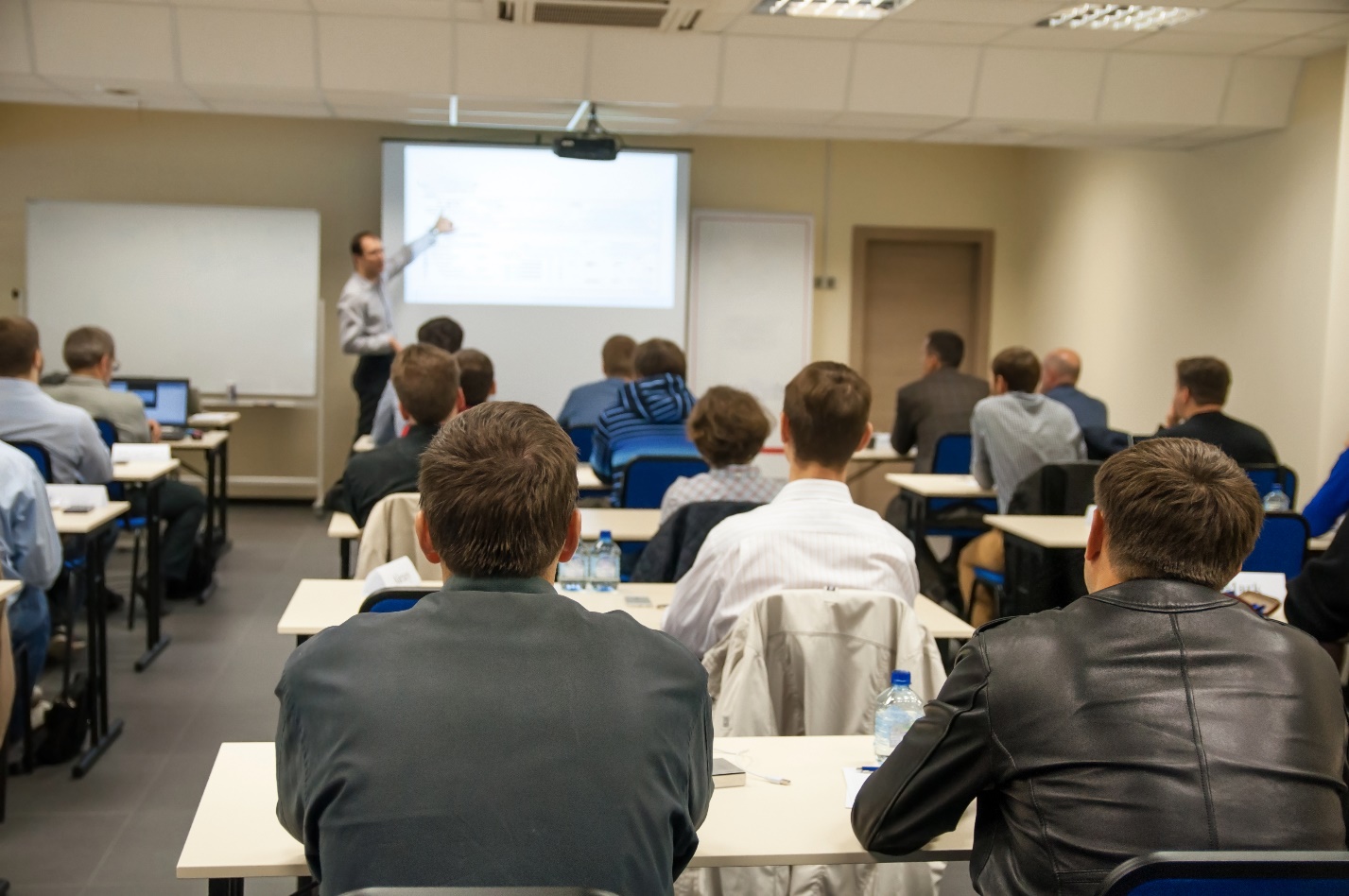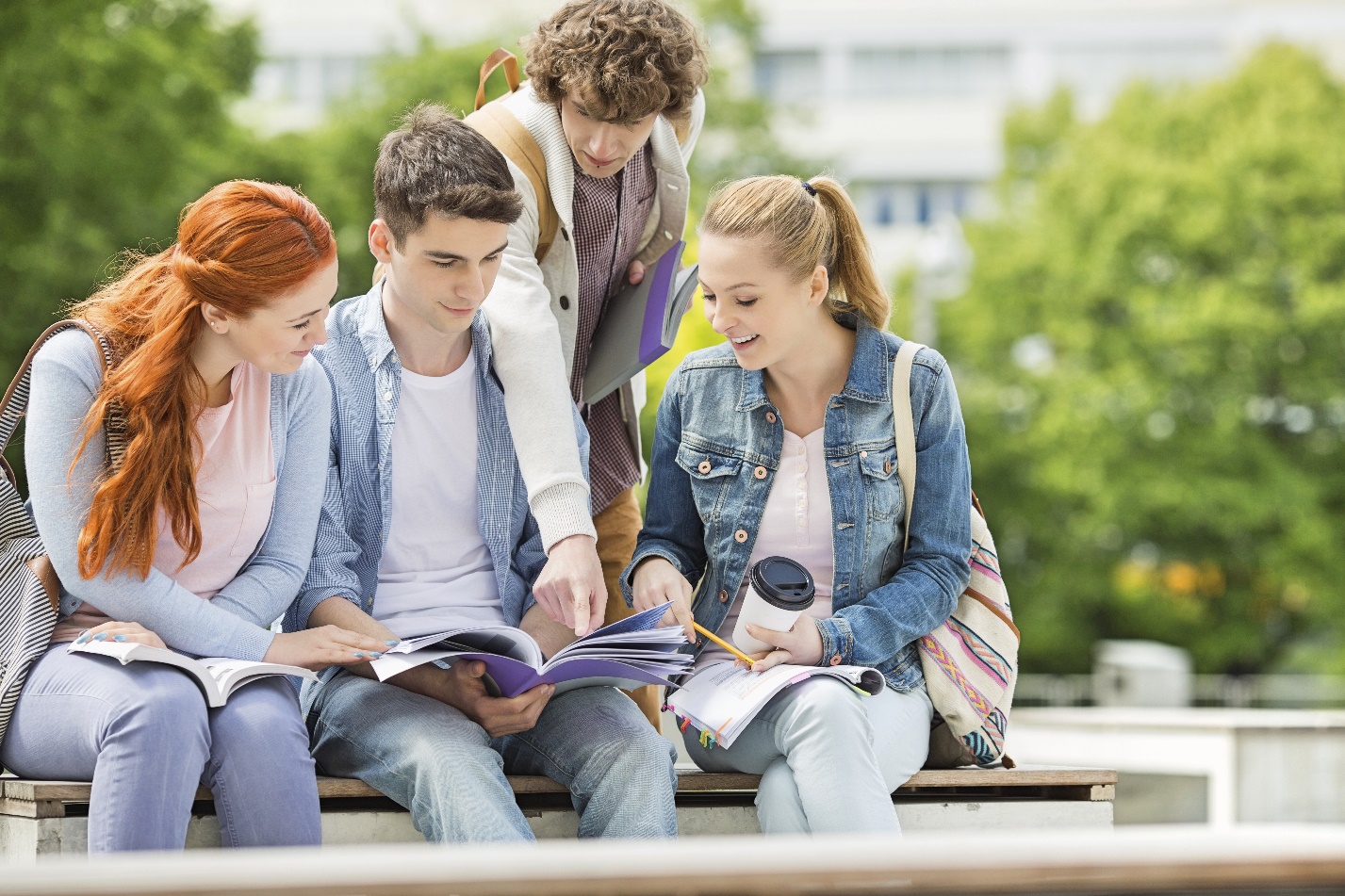
The past year has been a test of patience and persistence for teachers and students. Some parents decided not to enroll their preschoolers in school anymore while some persisted and learned, albeit minimally, from a virtual learning setup. But now that school districts are reopening their doors, mixing face-to-face and virtual learning setups, what are the challenges that remain? Can we have our guards down now that the pandemic is almost over at least in this part of the world?
Everyone should pause and appreciate the chance given to them. A few months ago, or before the vaccine came out, there was very little hope that things will get back to normal. And while the classroom setup isn’t the same as pre-pandemic levels, it’s an upgrade from having to learn via Zoom or Skype.
Sanitation and Disinfection
Sure, schools are keeping their premises clean and sanitized before, but not as much as they have to do it now. Although health experts say that the virus doesn’t last long on surfaces, no school will want to take the risk of an outbreak. School administrators should see to it that they have the right disinfectant materials and tools to sanitize all the classrooms. In fact, they should see more at companies dedicated to protecting classrooms, such as Fighting Chance Solutions. They have a disinfectant kit specifically for this purpose.
But it’s not just the school administrators who must be responsible for keeping the campus virus-free. Students must do the same. That’s why it’s important for both parents and students to understand what they are getting into when they start going back to campuses.
Hybrid Learning
It looks like face-to-face classes will have to be mixed with virtual classes. Although there were a lot of challenges to virtual learning last year, it remains to be a solid solution to the problem of virus transmission in traditional classes. Parents might need to choose between fully face-to-face classes or fully virtual or a mix of both. If they are not comfortable yet with letting their kids attend face-to-face classes, then they will fit right in the virtual classrooms prepared for this scenario.
Learning Everywhere
This is not virtual learning. Rather, the idea behind learning everywhere is expanding the traditional classroom space. Instead of being inside the classroom, the students and teachers should be able to use common areas such as the media centers, cafeterias, and outdoor courtyards. These collaborative outdoor spaces are better in a post-pandemic world. Even with the minimal threat of coronavirus, the definition of a classroom should expand to include outdoor spaces. This will encourage flexibility.
Bubbles
Popularized by the National Basketball Association (NBA), districts with higher cases of COVID-19 can create a sort of bubble inside the university or college. They can group together students with similar majors so one area of the campus will be exclusive for them. The coming ins and goings in these areas should be monitored by a dedicated app so contact tracing will become successful.

Technology
Aside from the use of teleconferences and virtual classrooms, the actual traditional classroom should also use modern technology in the new normal. Instead of the traditional whiteboard, it should have interactive boards where the teachers and students can share their laptop screens. And to further prevent transmission, the teachers (or any speaker, for that matter) should have quality microphones. This will prevent the need to raise one’s voice during lectures.
Recorded Lectures
Asynchronous learning was a big thing during the pandemic. This means that teachers will record their lectures on video and send it over to students so that they can peruse them when they want. This worked well to keep schedules flexible for everyone concerned. Will it still work now that students are going back to school? Why not? Recorded lectures will keep the spirit of virtual and hybrid learning alive. Through these videos, the students can go back, review, and dissect what was discussed. It allows for more collaboration and opens up discussions that weren’t there before.
Design Considerations
Everything in the classroom should be able to move. Chairs, tables, and equipment should be easily relocated. The screens and guards used during the pandemic can still fit in today’s classroom setting. There should still be sanitizing stations and floor markings to remind students that they cannot let their guard down. Everyone needs to be on the offense against the coronavirus.
The world might be coming back to normal but things will never be the same again. This is especially true for students who have lost a year to virtual classrooms. Now that they can finally go back to their campuses, it remains to be seen what measures the schools have put in place to prevent the possibility of an outbreak. If the past few months are any indication, it looks like school administrators are working hard to start welcoming students safely.

Leave a Reply